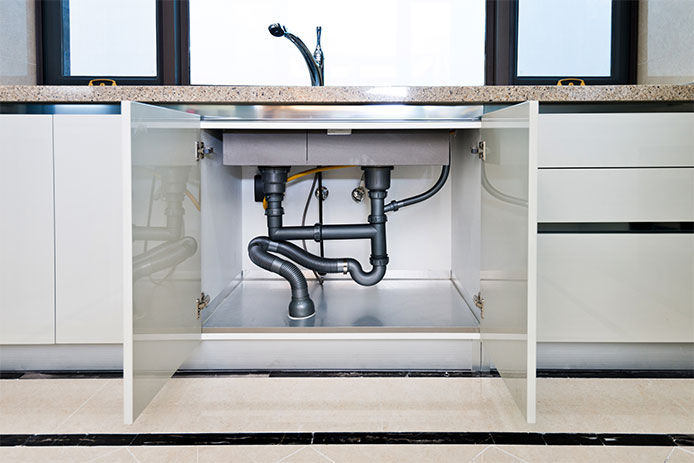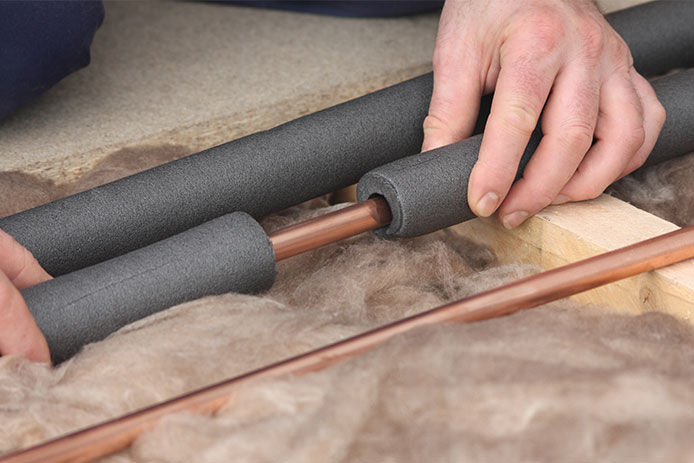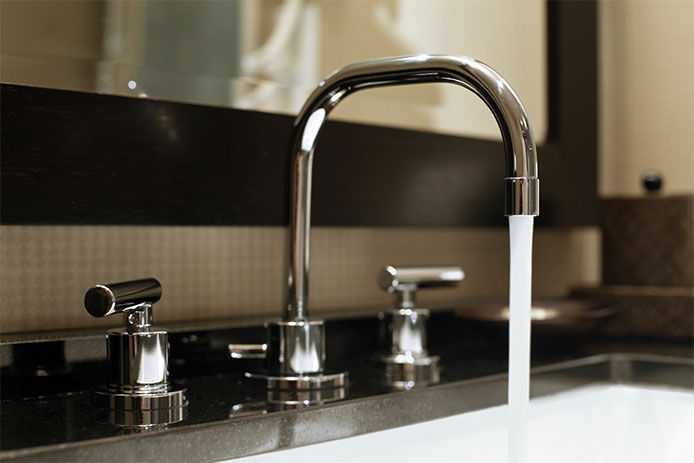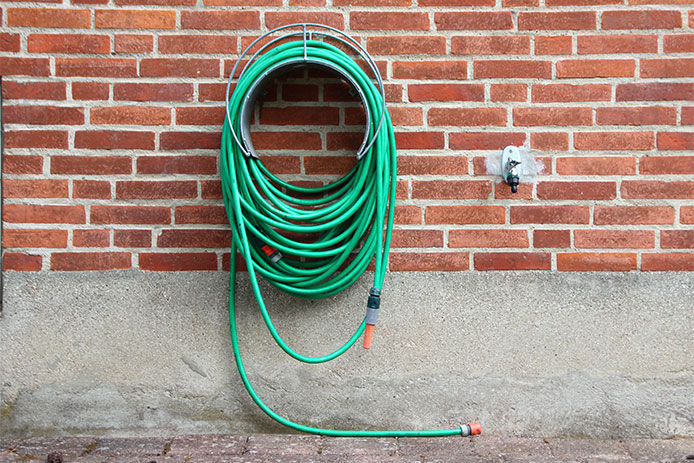While do-it-yourself projects can be fun and fulfilling, there is always a potential for personal injury or property damage. We strongly suggest that any project beyond your abilities be left to licensed professionals such as electricians, plumbers, and carpenters. Any action you take upon the information on this website is strictly at your own risk, and we assume no responsibility or liability for the contents of this article.
How to Keep Your Pipes from Freezing

Now that the temperatures are dropping, you need to think about how to protect your home. One crucial aspect many homeowners forget about is their plumbing. Pipes have a tendency to freeze if left unprotected. When this happens, the water in the pipes expands, increasing the pressure and causing pipes to break or crack.
Obviously, this isn’t ideal — but there are ways to make sure it doesn’t happen. Use this guide to make sure your pipes don’t freeze this winter.
Keep Your Heat Up

One of the easiest and most effective ways to keep your pipes from freezing is to keep your home nice and warm. Always keep your thermostat at 55 degrees Fahrenheit or above. Any colder, and you risk having pipes in unheated or uninsulated parts of your home drop below freezing.
While you may be tempted to lower your thermostat at night to save a few bucks on your utilities, resist the urge. Keeping your heat consistent is key to making sure pipes don’t get too cold.
Close Your Garage

Many homes have exposed pipes running through the garage, so it’s extra important to make sure these stay warm. One way to do this is to keep your garage door closed as much as possible. Now is not the time to have a garage sale or work on your car. Save these tasks for warmer weather, and only open your door to pull in and out of your parking space.
Open Up Cabinets

In most cases, the pipes for your sinks are hidden in cabinets. If you leave these cabinets closed all the time, warm air will have a harder time getting inside. Provide these pipes with a nice blast of heat by keeping cabinet doors open, especially if your cabinets are along an exterior wall where they may not be as insulated.
Add Some Insulation

Pipes in unheated or uninsulated parts of your home, such as the attic or a crawl space, are in extra danger of freezing when the temperature drops. One way to prevent this is by installing insulation around them. Pipe insulation is easy enough to use, as it wraps right around each pipe for protection.
If you don’t want to install pipe insulation, heat tape or heat cables are alternative options. Both use electricity to provide gentle warmth to pipes, and you can control the level of heat with a thermostat.
Caulk All Cracks

It’s not uncommon for homes to develop small cracks or gaps in siding or along windows or vents. Luckily, you can easily patch these up with a bit of caulking. In particular, check for cracks in areas where pipes are coming into your home, like water pipes or dryer vents. Caulking around the seal plates where your home rests on the foundation can also be a big help.
Not only will this protect your pipes from freezing, but it will also help keep your home warmer overall, reducing the money you spend on utilities.
Turn on the Faucet

If you know you have exposed pipes that won’t be getting enough heat from your home, one method you can try is keeping the faucet on a drip until the weather warms back up.
This may sound a bit wasteful, but it will save you a ton of money and inconvenience in the long run. The faucet doesn’t need to be on full blast; rather, a sustained drip is all you need. This drip is enough to keep water flowing through the pipes, making it far harder for them to freeze all the way through.
Disconnect Outdoor Hoses

If you use outdoor hoses or faucets in the summer, be sure to close them up before winter hits. You’ll want to completely drain all the hoses before storing them in a safe place until spring.
Once you’ve removed the hoses, close the inside valves to completely cut off the water supply to this faucet. Remember to keep the outside valve open, though, as this allows any remaining water in the pipes to drain so they don’t freeze over winter.
As long as you take these steps, you can keep your pipes safe throughout winter. Even so, be on the lookout for signs of frozen pipes, including reduced flow. If this happens, use an electric heating pad, hairdryer, or space heater to warm up the affected pipe until your water pressure returns.